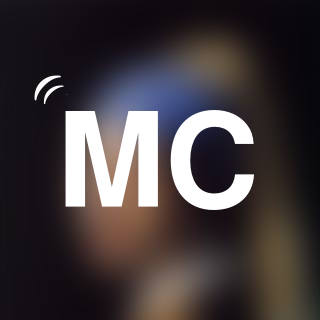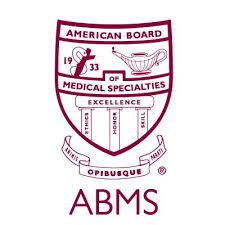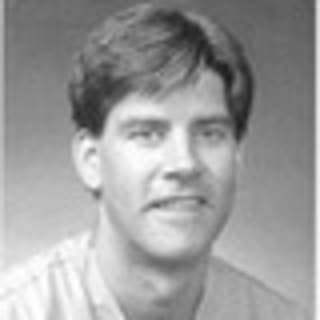
Mark D Catton MD
Cardiothoracic Anesthesiology, Neuroanesthesiology, Regional Anesthesiology
Medical Director Cardiac Anesthesia
Join to View Full Profile
111 S Grant Ave3rd FlColumbus, OH 43215
Phone+1 614-566-8808
Fax+1 614-566-9503
Dr. Catton is on Doximity
As a Doximity member you'll join over two million verified healthcare professionals in a private, secure network.
- Gain access to free telehealth tools, such as our “call shielding” and one-way patient texting.
- Connect with colleagues in the same hospital or clinic.
- Read the latest clinical news, personalized to your specialty.
Summary
- Dr. Mark Catton is an anesthesiologist in Columbus, OH and is affiliated with multiple hospitals in the area, including OhioHealth Grant Medical Center and OhioHealth Riverside Methodist Hospital. He received his medical degree from The Ohio State University College of Medicine and has been in practice 23 years. He specializes in cardiothoracic anesthesiology, neuroanesthesiology, and regional anesthesiology.
Education & Training
 University of Texas Medical Branch HospitalsFellowship, Adult Cardiothoracic Anesthesiology, 1998 - 1999
University of Texas Medical Branch HospitalsFellowship, Adult Cardiothoracic Anesthesiology, 1998 - 1999 University of Texas Medical Branch HospitalsResidency, Anesthesiology, 1996 - 1998
University of Texas Medical Branch HospitalsResidency, Anesthesiology, 1996 - 1998 Ohio State University HospitalInternship, Transitional Year, 1994 - 1995
Ohio State University HospitalInternship, Transitional Year, 1994 - 1995 Ohio State University College of MedicineClass of 1994
Ohio State University College of MedicineClass of 1994
Certifications & Licensure
 OH State Medical License 1996 - 2027
OH State Medical License 1996 - 2027 MI State Medical License 1999 - 2000
MI State Medical License 1999 - 2000 TX State Medical License 1999 - 1999
TX State Medical License 1999 - 1999 American Board of Anesthesiology Anesthesiology
American Board of Anesthesiology Anesthesiology
Publications & Presentations
PubMed
- Transient Bilateral Ophthalmoplegia: A Case of a Forgotten Anesthetic Medication EffectSara J. Hyland, Tapan Kavi, Nicole R Smith, Jacky Lin, Mark D Catton
Cureus. 2021-10-15 - 72 citationsExpression of endothelin-B receptors by glia in vivo is increased after CNS injury in rats, rabbits, and humans.Scott D. Rogers, Eric DeMaster, Mark Catton, Joseph R. Ghilardi, Leonard A. Levin
Experimental Neurology. 1997-05-01 - 45 citationsIntra-arterial infusion of [125I]A beta 1-40 labels amyloid deposits in the aged primate brain in vivo.Joseph R. Ghilardi, Mark Catton, Evelyn R. Stimson, Scott D. Rogers, Lary C. Walker
Neuroreport. 1996-11-04
Viewing the full profile is available to verified healthcare professionals only.
Find your profile and take control of your online presence:









